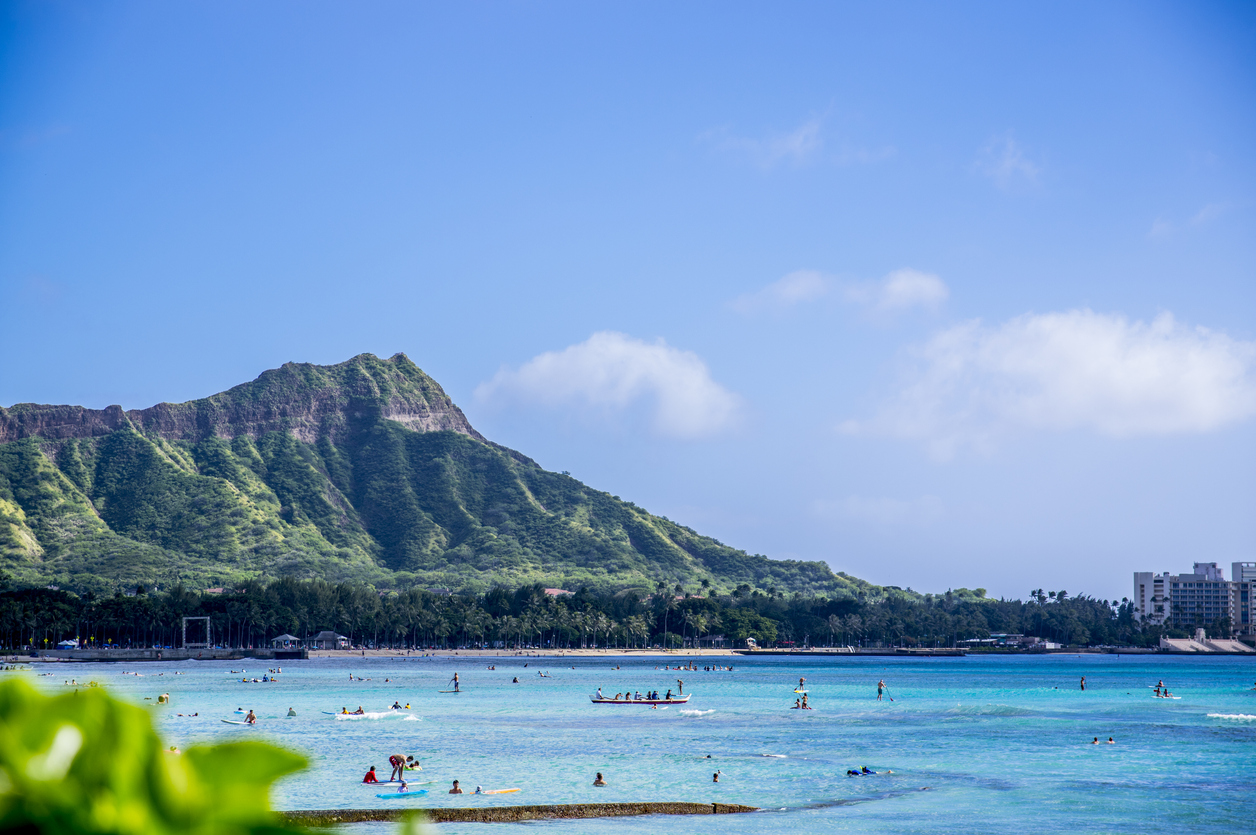Hawaii has reduced its self-quarantine requirements for unvaccinated visitors. Previously, unvaccinated and untested travelers had to quarantine for 10 days upon the arrival.
Hawaii’s new requirement, announced Jan. 3, allows five-day self-quarantines.
The state is basing this change on new recommendations from the U.S. Centers for Disease Control (CDC). Whereas it once recommended 10-day quarantines, it has now cut that number in half.
The Hawaii Tourism Authority (HTA) noted that this change applies only to domestic travel. People visiting Hawaii from outside the U.S. will have to follow federal guidelines for entering the country.
Federal rules state that almost all visitors, whether vaccinated or not, must supply results from a negative COVID-19 test taken within one day prior to departure. People who’ve recently recovered from the virus may instead provide proof of recovery.
A spokesperson from the HTA said that further state requirements for foreign visitors are unnecessary.

Some domestic tourists don’t need to quarantine at all when entering Hawaii. To bypass the requirement, vaccinated travelers can upload proof of vaccination to the state’s Safe Travel website.
Unvaccinated domestic visitors may also bypass the quarantine mandate by providing negative results from a test taken within 72 hours prior to departure.
However, it’s unclear whether Hawaii will continue with the adjusted entry requirements. Just days ago, Lt. Gov. Josh Green said that the state should tighten entry restrictions, not loosen them.
His recommendation was in response to the current surge in the omicron variant of COVID-19. The state recently asked the Federal Emergency Management Agency (FEMA) to send 700 extra health care professionals.
On Jan. 3, Hawaii saw almost 3,000 new cases of COVID-19. That’s a drastic increase from the 117 new cases a month earlier.
However, only two deaths were recorded on Jan. 3. Despite omicron’s fast spread, numbers suggest it might be less dangerous than earlier variants.

